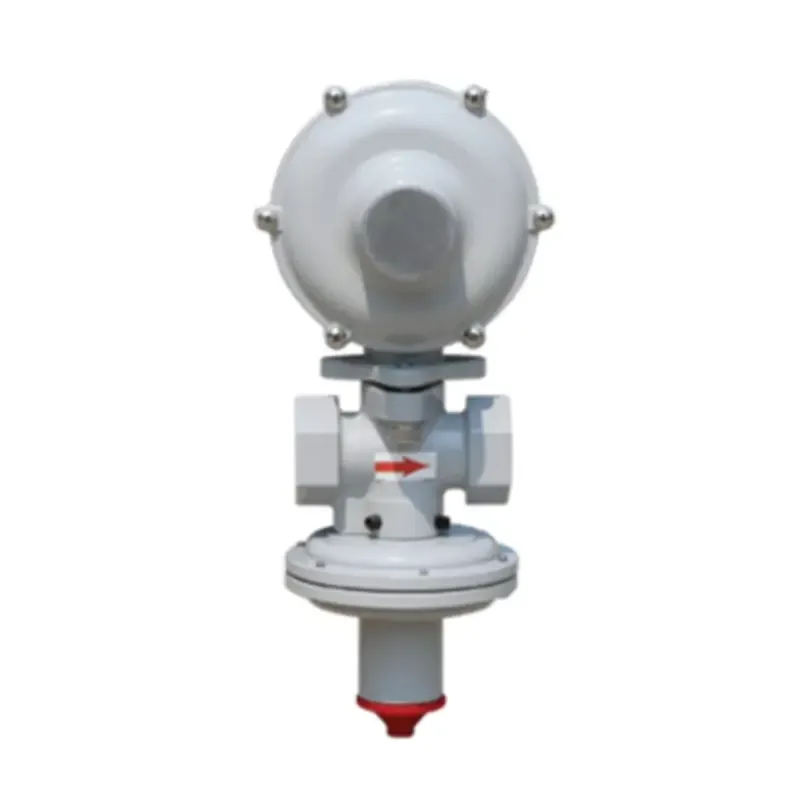
Sep . 19, 2024 18:33
Back to list
gas heat exchanger
Gas Heat Exchanger An Overview
Gas heat exchangers are vital components in a range of industrial applications, providing effective thermal management in processes where gas heating or cooling is necessary. These systems leverage the principles of heat transfer to efficiently exchange thermal energy between two or more fluids, which can greatly enhance energy efficiency and optimize process performance.
At their core, gas heat exchangers operate on the principle of conduction, convection, and, in some cases, radiation. The primary purpose is to transfer heat from one gas to another without the two fluids mixing. This is particularly crucial in industries such as power generation, HVAC (heating, ventilation, and air conditioning), chemical processing, and food production, where maintaining specific temperature ranges is essential for operational efficiency and product quality.
The design of a gas heat exchanger can vary significantly based on the application. Common types include shell-and-tube heat exchangers, plate heat exchangers, and finned-tube heat exchangers. Each design has its own merits and is suited to different operating conditions. For instance, shell-and-tube heat exchangers offer a compact design and are easy to maintain, making them a popular choice for large-scale industrial applications. On the other hand, plate heat exchangers provide high thermal efficiency and are often used in situations where space is at a premium.
gas heat exchanger

One of the key advantages of utilizing gas heat exchangers is their ability to recover waste heat, which can result in significant cost savings and energy conservation. For example, in a power plant, flue gases can be routed through a heat exchanger to preheat the incoming combustion air, increasing the overall efficiency of the system. Similarly, in HVAC systems, exhaust air can be used to recover heat, which is then transferred to incoming fresh air, maintaining indoor comfort while reducing energy consumption.
The performance of gas heat exchangers can be affected by various factors, including the temperature difference between the hot and cold fluids, the flow arrangement (counterflow, parallel flow, or crossflow), and the physical properties of the gases involved. Proper selection and design of these heat exchangers are crucial for optimal performance. Engineers must consider not only the thermal characteristics but also factors such as pressure drop, fouling, and material compatibility when designing a heat exchanger.
In conclusion, gas heat exchangers are indispensable tools in modern industrial processes, allowing for efficient heat management and energy recovery. With advancements in materials and technology, these systems continue to evolve, becoming more efficient and reliable. As industries aim for sustainability and reduced energy consumption, the role of gas heat exchangers will become increasingly important, contributing to greener technological solutions and improved operational efficiencies across multiple sectors.
Next:
Latest news
-
Safety Valve Spring-Loaded Design Overpressure ProtectionNewsJul.25,2025
-
Precision Voltage Regulator AC5 Accuracy Grade PerformanceNewsJul.25,2025
-
Natural Gas Pressure Regulating Skid Industrial Pipeline ApplicationsNewsJul.25,2025
-
Natural Gas Filter Stainless Steel Mesh Element DesignNewsJul.25,2025
-
Gas Pressure Regulator Valve Direct-Acting Spring-Loaded DesignNewsJul.25,2025
-
Decompression Equipment Multi-Stage Heat Exchange System DesignNewsJul.25,2025

